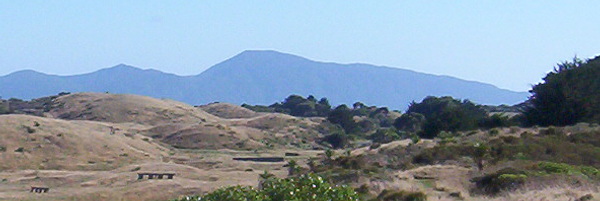Inspired by Geoff Lawton’s Establishing a Food Forest, a group has got together to explore the potential of food forest gardening on the Kapiti Coast. Our vision is to build a community food forest garden for Kapiti.
Planned, planted and maintained by the community, the forest garden will serve as an education resource, plant nursery, seed bank, outdoor community centre, meeting point and food bank. Accessible to all, the area will become an edible landscape with walkways and glades, natural in look but designed with our needs for sustenance and play. A living repository for the future, in the heart of our community.
We’ve been doing a lot of talking, thinking, researching and come up with a document that we think encompasses the project’s heart. Now, we need some input and some support from you.
Have a read of the Kapiti Community Food Forest Proposal
Please do send us an email answering the following questions:
1. Do you support in principle the establishment of a community food forest in Kapiti?
2. Would you be willing to be part of a group of volunteers that is responsible for the establishment and maintenance of a Kapiti community food forest ?
3. Do you have any resources (land or money) you would be willing to donate to help to establish the Kapiti community food forest?


